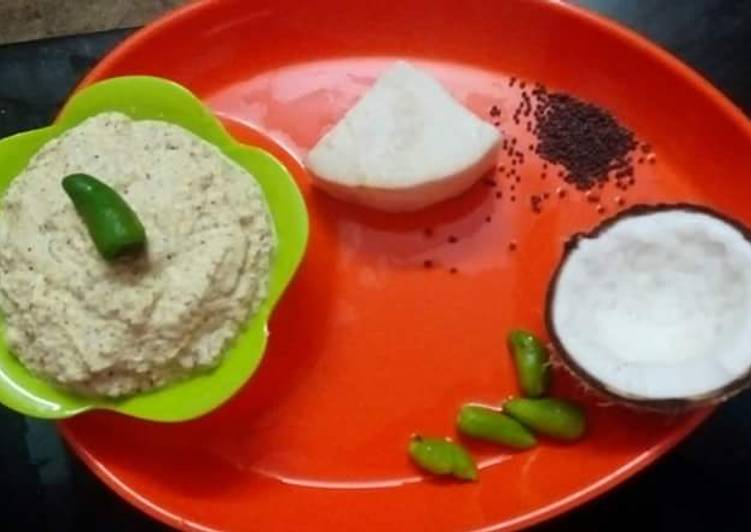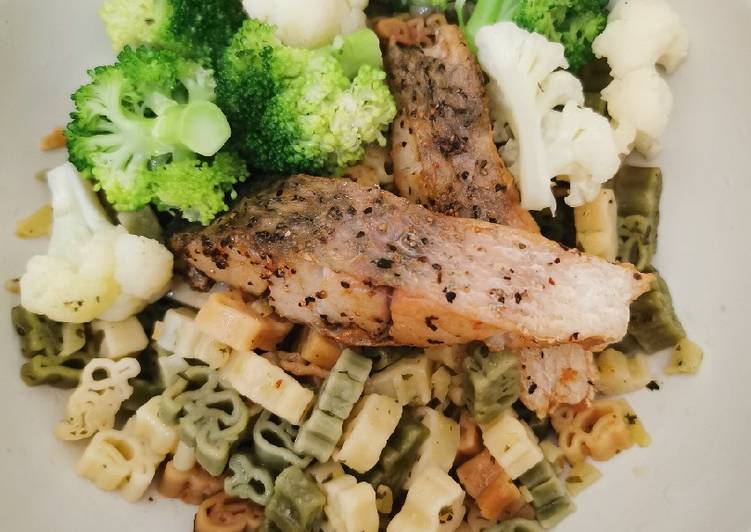
Hello everybody, I hope you are having an incredible day today. Today, we’re going to prepare a distinctive dish, giant taro. One of my favorites food recipes. This time, I’m gonna make it a little bit unique. This will be really delicious.
Giant taro is one of the most popular of recent trending foods in the world. It’s simple, it’s quick, it tastes yummy. It is enjoyed by millions daily. They are nice and they look fantastic. Giant taro is something which I have loved my entire life.
A striking beauty with its dramatic, gigantic leaves, Alocasia macrorrhiza (Giant Taro) is a rhizomatous evergreen perennial which is excellent for bringing a lush look to gardens. Resembling the ears of an elephant, thick, prominently-veined, ruffled, green leaves are borne on rigid stalks (petioles) which jut vertically from a stout upright trunk. Alocasia macrorrhizos is a species of flowering plant in the arum family that it is native to rainforests of Island Southeast Asia, New Guinea, and Queensland and has long been cultivated in the Philippines, many Pacific islands, and elsewhere in the tropics. Common names include giant taro, ʻape, giant alocasia, biga, and pia.
To begin with this particular recipe, we must first prepare a few ingredients. You can cook giant taro using 7 ingredients and 1 steps. Here is how you cook that.
The ingredients needed to make Giant taro:
- Make ready 1 cup Grated giant taro
- Make ready 1/2 cup Coconut(grated)
- Make ready 4 Green chillies
- Take 1 tbsp Mustard paste
- Get 1 tsp Salt
- Get 1/2 tsp Sugar
- Get 2 Garlic cloves
In the raw state, the giant taro is poisonous to humans if eaten. Giant Taro is a good source of Vitamin C, phosphorus and iron. Lastly, in Borneo cooked rice is mixed with yeast and wrapped in Giant Taro leaves to ferment. It's kept in a cool dry place for a couple of days until the rice is fermented but not alcoholic.
Steps to make Giant taro:
- Grind all the ingredients well and serve
Lastly, in Borneo cooked rice is mixed with yeast and wrapped in Giant Taro leaves to ferment. It's kept in a cool dry place for a couple of days until the rice is fermented but not alcoholic. You eat the rice not the leaf. The leaves are glossy in medium green color. Each fruit possess several, pale brown seeds.
So that’s going to wrap this up for this special food giant taro recipe. Thanks so much for reading. I’m sure that you can make this at home. There’s gonna be interesting food in home recipes coming up. Don’t forget to bookmark this page in your browser, and share it to your loved ones, colleague and friends. Thanks again for reading. Go on get cooking!

